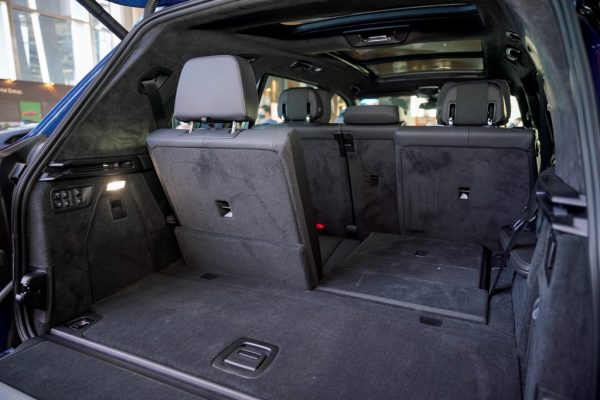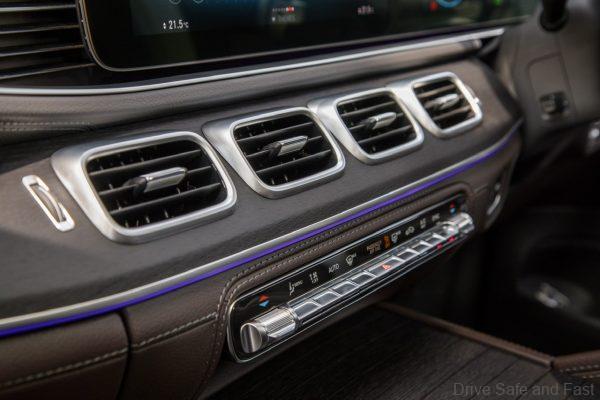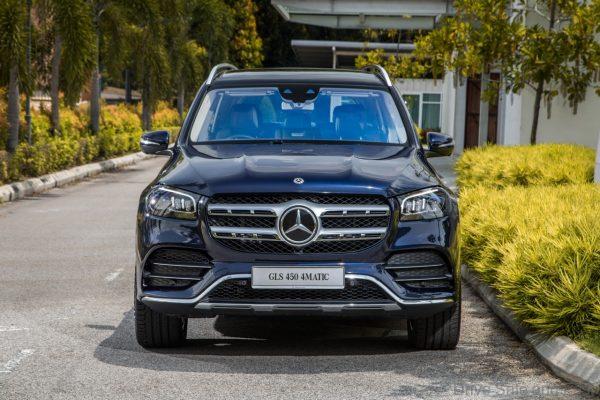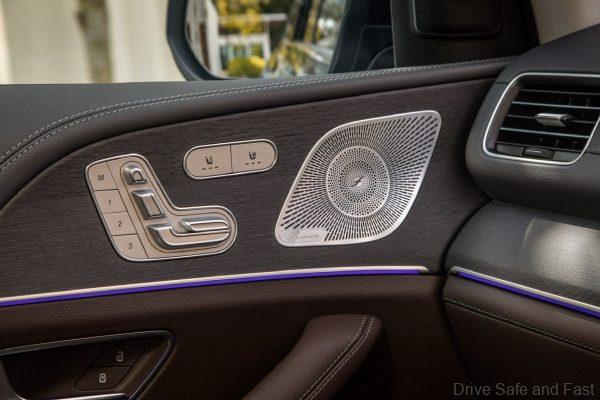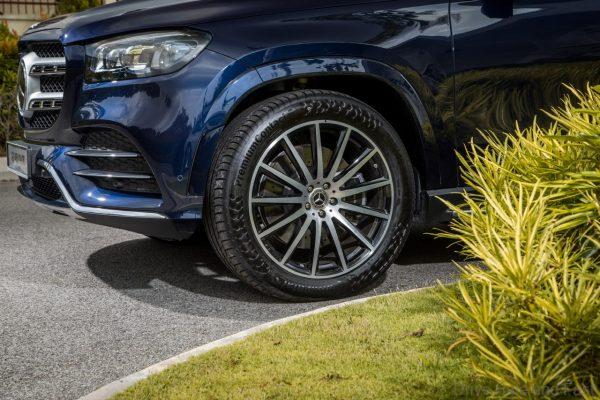Which German behemoth should you choose – the Mercedes-Benz GLS or the BMW X7?
The S-Class and the 7 Series. Two legendary German full-sized sedans that have long represented the best the European motoring industry has to offer. But in a world where the traditional 3-box sedan is losing its appeal, SUV alternatives are being pushed to fill demand where it exists. In Malaysia, this push has finally reached a critical point. BMW actually set up local assembly operations for the X7, which goes up against the fully-imported Mercedes-Benz GLS which may only be delivered to customers after the SST discounted period.

The BMW X7 is a first-generation product built on the Cluster Architecture (CLAR) and was globally debuted in October 2018. The Mercedes-Benz GLS in its third generation was debuted globally in April 2019 and is built on the Modular High Architecture (MHA).

These gigantic SUVs are pretty near the legal limits of what most markets will allow to be classified as passenger vehicles. So dimensions are a pretty good place to start.

Dimensions
In terms of raw size, Mercedes-Benz has got BMW beat in almost every single metric. The 3rd generation GLS is longer (5207mm versus 5151mm) with a longer wheelbase (3135mm vs 3105mm), taller at 1850mm vs 1805mm and has more bootspace too. With all seats up, the GLS still has 355 litre of boot space versus the X7’s 326 litres. With the 2nd and 3rd row of seats folded down, the GLS opens up to 2400 litres while the X7 provides 2120 litres of cargo-carrying possibilities.
That being said, there are two areas where the BMW has an edge. First off, it’s 40kg lighter at 2320kg versus the 2360kg GLS. It is also wider at 2000mm, versus 1956mm on the Benz.
Powertrain
Under the hood, both of these German luxury SUVs have some major similarities and major differences as well. You’ll find straight-six, turbocharged 3-litre petrol engines and all-wheel drive systems with both. However, the Mercedes-Benz GLS 450 4Matic has a mild-hybrid system built-in. This is mostly to help with fuel consumption and emissions, but the EQ Boost function does have some performance-enhancing benefits too. The Benz also uses an in-house 9G Tronic 9-speed automatic. The Bimmer gets an 8-speed ZF-sourced automatic.
On paper, the GLS has the output to beat the X7. The engine alone produces 362 horsepower and 500Nm of torque. The BMW has 335 horsepower and 450Nm of torque. We don’t even think the EQ Boost figures are factored into that output.
For whatever reason, the BMW X7 narrowly edges the Mercedes-Benz GLS in actual performance metrics despite the disadvantage in output. 0-100km/h takes just 6.1 seconds in the X7, 0.1 of a second faster than the GLS. However, the Benz has better mileage at 9L/100km vs 9.5L/100km on the BMW. It’s worth noting that both cars carry the most advanced air suspension technology from both makers. On the GLS, its Airmatic with Adaptive Damping System Plus. On the X7, it’s Executive Drive Pro. The new CKD BMW X7 comes fitted with rear-wheel steering, which is not on the GLS as far as we can tell.
Equipment
In terms of kit, there are some subjective elements and some objective elements to talk about. For one, the Mercedes-Benz GLS is kitted out in the AMG Line package. This gives it a sportier appearance. The BMW X7 in Malaysia comes in the Pure Excellence package for a more elegant look. Inside, both vehicles get a synthetic leather-wrapped dashboard, real leather on the seats and steering, powered seats with memory function (driver only on X7) and wood trim. The GLS has AMG floor mats while the X7 has a glass crystal gear selector.
Some aspects are also matched, but done differently. Both of these vehicles come with dual 12.3” displays – one for infotainment and another for the instrument cluster. They both have touch controls and voice-activated commands. Depending on whether you prefer the MBUX or BMW Operating System 7.0 interface is a matter of taste.
Rear passengers have larger screens in the Mercedes-Benz. The GLS gets two 11.6” touchscreens while the BMW X7 comes with two 10.2” touchscreens. Mercedes-Benz also gives you a 26-speaker Burmester 3D surround sound system with 1610W of output. The BMW X7 gets a more modest 16-speaker 464W Harmon Kardon sound system. Both vehicles also come with a pair of wireless headsets for the rear entertainment systems.
There are some clear wins for BMW though. The X7 comes with Laserlight headlights while the GLS has Multibeam LED technology for primary illumination.
The GLS does have larger 22” AMG multi-spoke light alloy wheels which outside the X7’s 21” Y-spoke Style 753 alloys. Both vehicles come with wireless charging pads, 360-degree cameras, parking assistant systems, powered tailgates, keyless entry and go, as well as panoramic sunroofs.
Value
Before we discuss value, let’s discuss the available options.
Mercedes-Benz Malaysia offers the GLS 450 4Matic for RM899,888 with a 4-year unlimited mileage warranty. As the car is fully imported, the SST discount is only 50%.
BMW Malaysia offers the X7 xDrive40i for just RM673,324 with a 5-year unlimited mileage warranty with 5-years free servicing. As the car is locally assembled, it is currently SST-exempted. With SST, the car would cost RM698,800. Still a huge price advantage over its main rival. BMW Malaysia are also offering the X7 with a shorter 2-year warranty, but we will not be mentioning that price.
Conclusion
The Mercedes-Benz GLS 450 4Matic clearly has some big advantages over the BMW X7 xDrive40i. However, the enormous price difference is impossible to ignore. Still, in this segment, showmanship is everything and money is usually not tight for customers, so it’s still down to individual choice.

